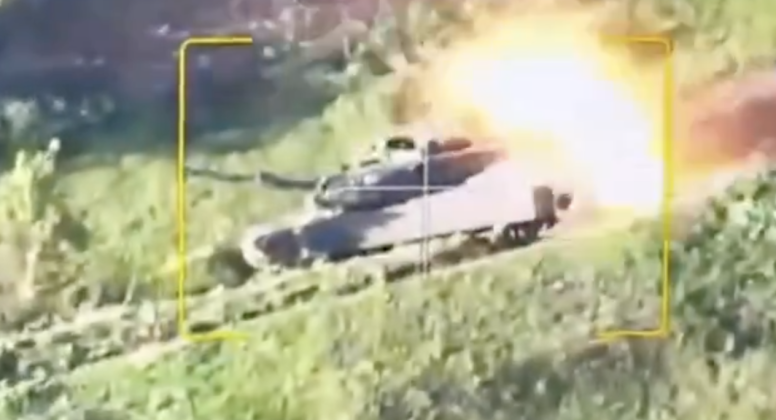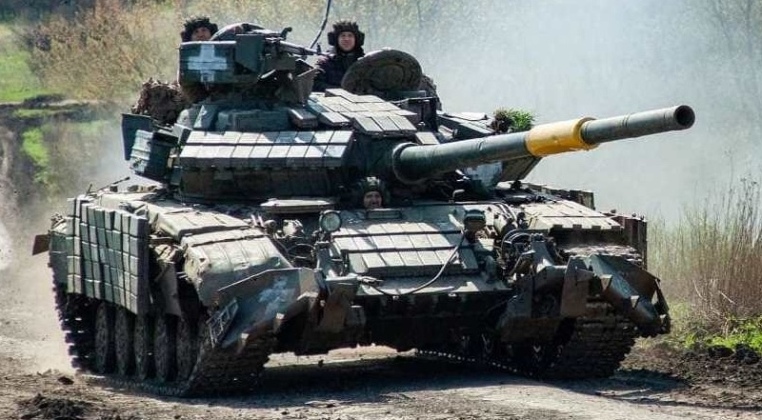News
Ukrainain Tank Battalions Reduced to Just 6-18 Percent Strength: Mass Destruction and Disrepair Leave Fleet Vulnerable
Ukrainian sources have reported that the country’s tank battalions are suffering from very low availability of armour, due to both heavy losses that cannot be replenished, and due to difficulties sustaining those vehicles that are in service. “They’re seen as the last argument of kings on the battlefield,” noted Ukrainain armoured warfare specialist Mykola Salamakha, adding that poor use of the vehicles, including for operations focused on boosting morale, has been an important contributor to losses. “They send a tank forward just to show the infantry they have support — we lose them in such operations,” he recalled as an example. Regarding combat readiness rates, he observed that currently only a third, and in some cases just a fifth, of the Army’s tanks are considered combat-ready. This remains the case despite particularly high wartime defence spending levels, and despite states across the Western world prioritising Ukraine for the supply of spare parts.

Commenting on the losses Ukrainian armour has suffered to Russian drone attacks, Salamakha observed that tanks become vulnerable as soon as they are identified, including as far as 10 kilometres behind the frontlines. “The moment tanks are spotted, drone attacks follow quickly, using various tactical techniques and drone types,” he said. Although the Ukrainain Army has received several hundred Soviet T-72 tanks from former Warsaw Pact members across Eastern Europe, with particularly large numbers delivered by Poland, these have been far from sufficient compensate for losses, particularly as these European states’ stockpiles have been depleted.
Efforts to re-equip the Ukrainain Army with Western-supplied tanks have also resulted in extreme losses, by some estimates at much higher rates than Soviet-built vehicles due to their much larger profiles and in many cases lower mobility. By early June 2025 the Ukrainian Army was assessed to have lost 87 percent of its American-supplied M1A1 Abrams tanks, with 27 of the 31 vehicles destroyed or captured. Western experts had previously projected that the the introduction of Western tanks would represent a game changer in the theatre in Ukraine’s favour.

The Russian Army’s tank forces, although in significantly better condition than that of Ukraine, have also suffered considerable losses, fuelling speculation that it could begin to suffer from serious shortages of vehicles from late 2026. Although the Russian defence sector has been assessed by Western sources to be on track to reach an output 1,000 new tanks by mid-2028, and a staggering 3000 tanks by mid-2035, the rate of increase is expected to remain below the rate of losses in 2026. This remains the case despite a significant fall in armour loss rates in 2025, particularly compared to 2022 when losses were most extreme. The possibility of tanks being supplied by North Korea, which has developed a number of highly sophisticated new designs, remains significant.
The Russian Army benefits from much lower maintenance requirements across its tank fleet, as not only are its vehicles on average significantly newer, but it primarily relies on the T-62, T-72 and T-90 which are among the lowest maintenance designs in the world. These vehicles all have much lower maintenance requirements than Ukraine’s T-64s and its Western-supplied armour, with the T-64 having formed the backbone of the Ukrainain fleet before the war broke out.












